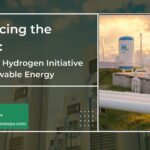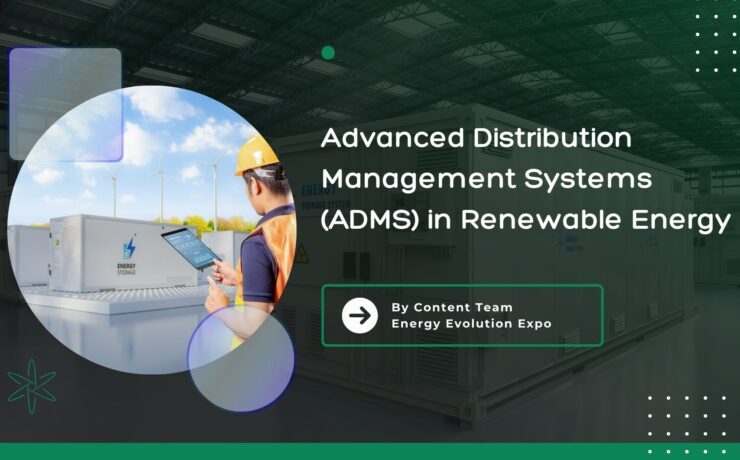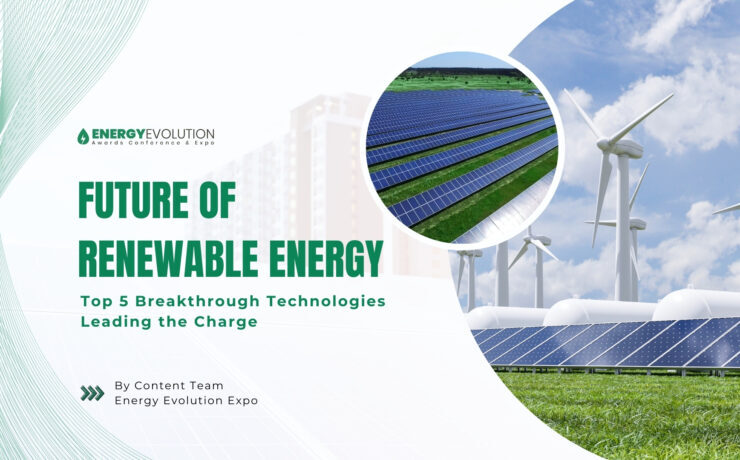Boosting Renewables with Innovative Floating Offshore Wind Power
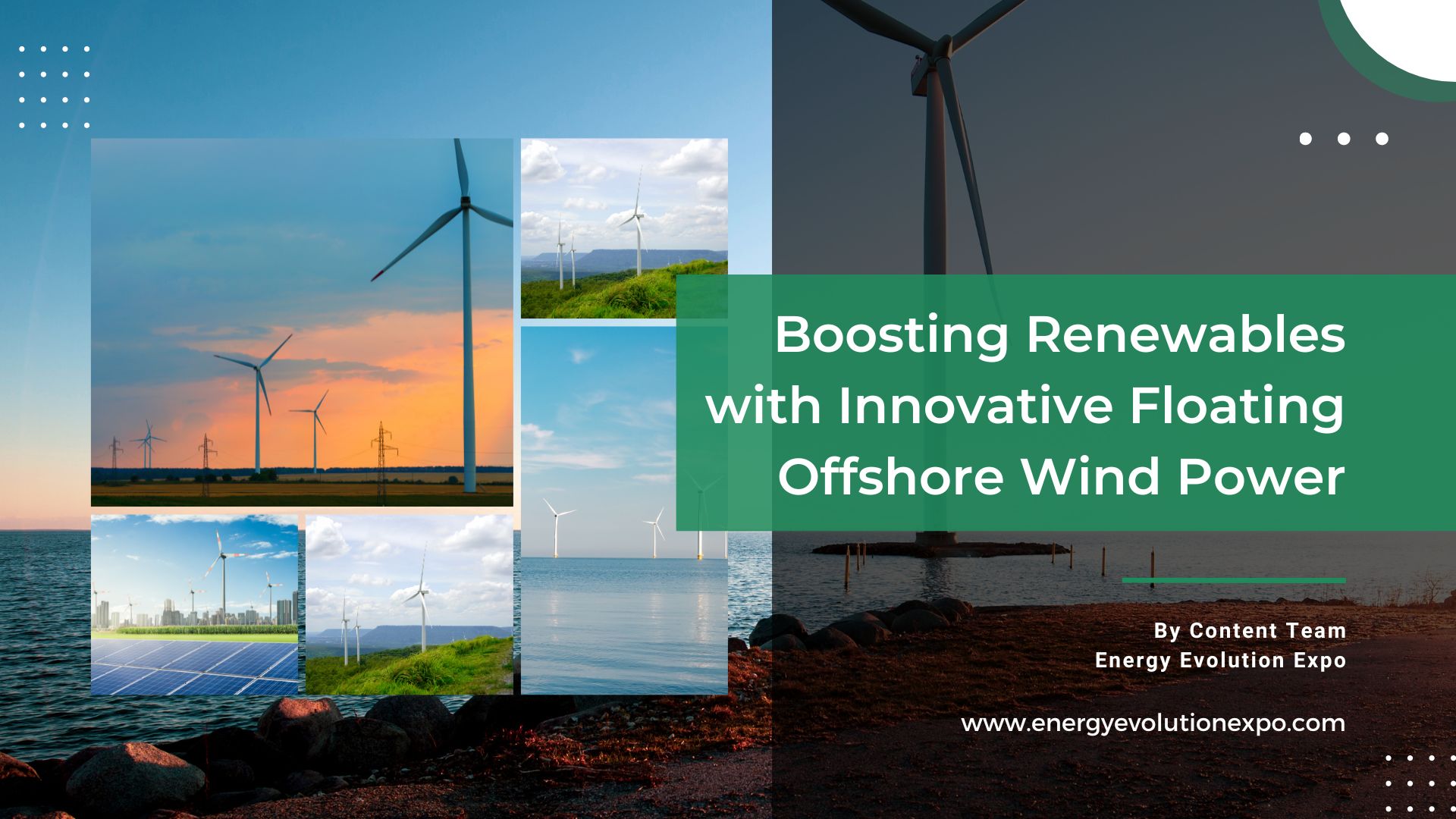
The Rise of Offshore Wind Power
Offshore wind power has gained momentum in recent years due to its higher power generation capacity in the ocean compared to on land. Traditional fixed structures were limited to shallow waters, but the introduction of floating platforms has allowed wind turbines to be installed in deeper and more complex seabed locations using flexible anchors, chains, or steel cables.
The primary global challenge today lies in transitioning towards a sustainable and eco-friendly planet, with renewable energy sources playing a crucial role. The renewable energy sector is driven by continuous innovation, and advancements in technologies, like floating offshore wind energy, present promising opportunities for a greener future.
Table of Contents
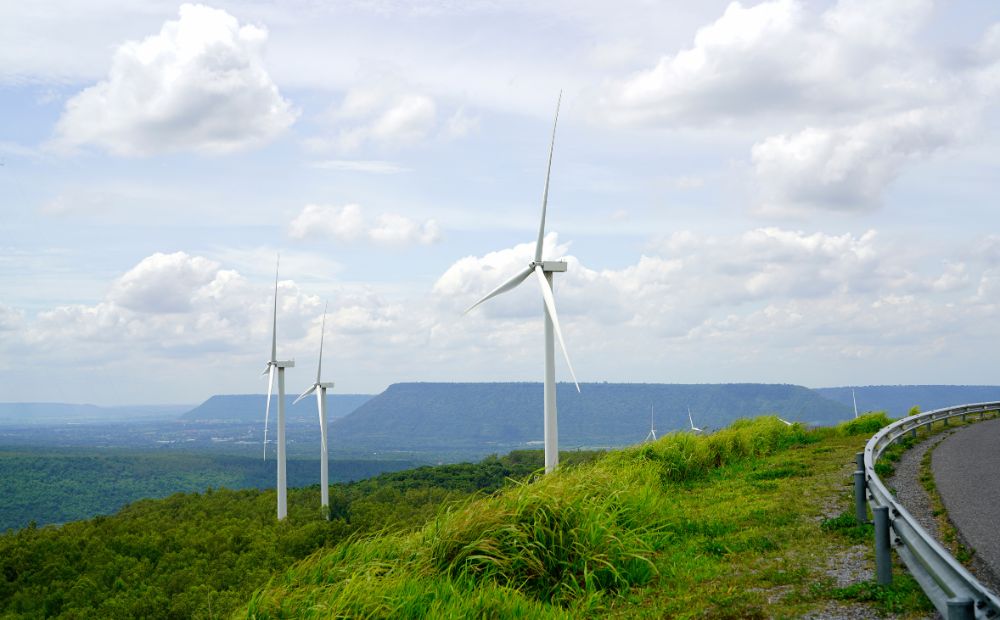
Floating Offshore Wind Power
The Promise of Floating Offshore Wind Energy for Decarbonization and Sustainability
Floating offshore wind energy is a clean, renewable energy source harnessed from strong, consistent winds found offshore, where there are fewer barriers. It plays a crucial role in decarbonization due to its high potential and strategic value both socioeconomically and environmentally. Unlike traditional offshore wind, which uses fixed structures, floating offshore wind uses floating structures, enabling wind turbines to be deployed in deeper, more distant offshore areas with higher wind potential. This innovation provides new opportunities for clean, inexhaustible energy.
Advantages include a potentially low environmental impact and ease of manufacture and installation, as turbines and platforms can be built on land and towed to their sites. Additionally, accessing stronger winds in deeper waters enhances energy efficiency.
How Floating Offshore Wind Energy Works:
1. Buoyancy Principle: Wind turbines float in the sea due to the principle of buoyancy, which was discovered by Archimedes. This principle states that a submerged body experiences an upward force equal to the weight of the displaced water, allowing large structures to float.
2. Floating Offshore Wind Platforms (FOWPs): FOWPs are substructures made from concrete, steel, or a combination of materials that support wind turbines, providing them with buoyancy and stability. Unlike foundations that rest on the seabed, these platforms are anchored and moored in place.
3. Structure and Stabilization: Floating wind farms consist of turbines mounted on floating platforms. These platforms are stabilized through moorings and anchors, and the design ensures proper weight distribution to maintain stability.
4. Energy Conversion: The wind turns the turbine blades, and the turbine converts this kinetic energy into electricity. This electricity is transmitted via underwater cables to an offshore substation, then to an onshore substation, and finally distributed to homes via power lines.
5. Maintaining Stability: To maximize energy production, floating wind turbines must remain stable, minimizing movement to operate efficiently. Different types of floating platforms are designed to ensure this stability, adapting to various marine conditions.
Types of Floating Platforms For Wind Turbines:
These are some common types of floating platforms for wind turbines:
1. Barge: Large surface area in contact with the water for stability, often equipped with heave plates to minimize movements. The WindFloat Atlantic project off the coast of Portugal utilizes a barge-type floating platform. Each platform supports a wind turbine and is moored in place using a combination of cables and anchors. These barges have a large surface area in contact with the water, providing stability even in rough sea conditions.
2. Semi-submersible: Maximizes volume for buoyancy while minimizing exposed surface area, typically consisting of vertical cylinders joined by beams and braces. The Hywind Scotland project, located off the coast of Scotland, employs semi-submersible floating platforms. These platforms consist of multiple vertical columns submerged beneath the water’s surface, connected by beams and braces. The design maximizes buoyancy while minimizing exposure to waves and wind.
3. Spar: Stability is achieved by placing most of the weight at the lowest point of the structure, often using a hollow cylinder with added mass at one end to maintain verticality. The Gulfstar One platform in the Gulf of Mexico is an example of a spar-type floating platform for wind turbines. It features a hollow cylindrical structure with added mass at the base to maintain stability. The platform supports a wind turbine atop the cylinder, harnessing wind energy in offshore environments.
4. Tensioned Legs Platform (TLP): Utilizes a star geometry with tensioned steel cables or tendons for stability, minimizing dimensions and manufacturing costs. The Fukushima Forward project off the coast of Japan showcases the TLP design for floating wind turbines. This innovative platform consists of a star-shaped geometry with tensioned steel cables providing stability. By minimizing dimensions and utilizing tensioned legs, TLPs aim to reduce manufacturing costs and environmental impact while maximizing energy production.
Notable Floating Wind Farms Around the World
Following are some of the other notable floating wind farms:
- Gansu Wind Farm, China: With a planned capacity of 20 GW, it’s the world’s largest wind farm. Located in Gansu province, it will eventually house 7,000 turbines.
- Alta Wind Energy Center, USA: This wind farm in California has an operational capacity of 1.55 GW, with plans to expand to 3 GW.
- Jaisalmer Wind Park, India: India’s largest wind farm, with a capacity of 1.6 GW, located in Rajasthan.
- Muppandal Wind Farm, India: Located in Tamil Nadu, this wind farm has a capacity of 1.5 GW.
- Hornsea One, UK: The world’s largest offshore wind farm with a capacity of 1.2 GW, located off the Yorkshire coast.
Floating wind farms represent a significant advancement in renewable energy technology, offering a solution to harness wind power in deep waters. While challenges remain, the potential benefits in terms of increased energy output and reduced environmental impact make this an exciting area for future development. As technology advances and costs decrease, floating wind farms are likely to play a crucial role in the global transition to renewable energy.
Energy Evolution Awards, Conference, and Expo 2025
To facilitate understanding of the latest developments and trends in the Renewable energy Industry, various Conferences and Expos, which bring Industry leaders together, are crucial. The Energy Evolution Awards, Conference, and Expo organized by Next Business Media is making its debut in Spain in 2025. It will be a leading forum dedicated to honoring excellence in Energy Technology, showcasing innovations, and fostering collaborations. The events unite industry leaders, and visionaries to explore the latest advancements, tackle key challenges, and shape the future of Energy.
The Energy Evolution Awards, Conference, and Expo will celebrate outstanding achievements, promote sustainable practices, and drive the Energy Industry forward into a technologically advanced sustainable era. Energy Evolution Awards, Conference, and Expo will be a platform for cultivating innovation and shaping a brighter, more efficient energy landscape.



